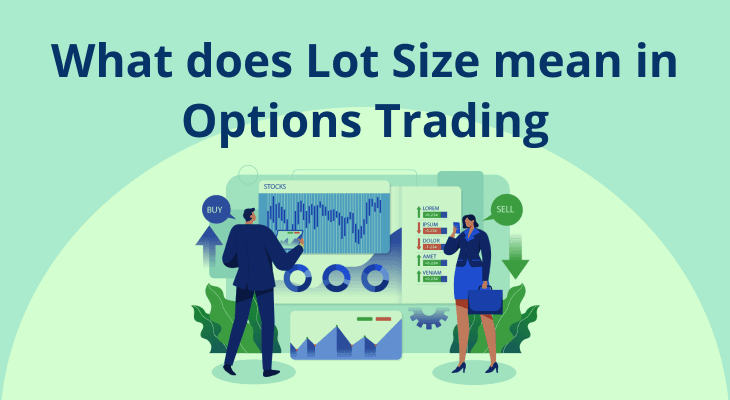
Understanding Stock Categories: A Guide for Investors and Traders
By Vipul Jain, Head of Risk, Mirae Asset Capital Markets
In stock markets, every stock comes with a label—and that label matters. Exchanges like NSE and BSE group stocks based on trading activity, compliance record, liquidity, and investor protection needs. These stock categories are more than just tags—they help investors and traders understand the level of risk, trading rules, and regulatory oversight linked to a particular stock.
Whether you're a long-term investor or a day trader, knowing how stocks are classified can help you make better decisions and avoid unnecessary risk.
Why Do Stock Classifications Matter?
Stock categories help regulate trading behaviour and protect investors. Here’s why this classification is important:
- Better transparency: You know what kind of stock you’re dealing with.
- Risk management: Some categories warn of compliance issues or low liquidity.
- Trading rules: Certain categories restrict intraday trading or require delivery-only settlement.
Just like food labels tell you what’s inside, stock classifications give you insights about the risk and trading norms of a security.
How Do NSE and BSE Classify Stocks?
A. BSE Stock Categories
Group | Meaning | Key Points |
A | Highly liquid, actively traded | Mostly large-cap companies with good compliance history and high trading volumes |
B | Broad category | Covers most mid-cap and small-cap stocks not in Group A, T, or Z |
T | Trade-to-Trade | No intraday trading allowed; each trade must be settled individually |
Z | Non-compliant stocks | Companies with serious listing violations or investor grievance issues |
Other BSE Groups at a Glance
Group | Stock Type |
F | Fixed-income instruments (debt) |
G | Government securities |
X | Exclusively listed on BSE |
XT | BSE-only, trade-to-trade |
M | SME segment |
R | Rights entitlements |
B. NSE Stock Categories
Category | Meaning | Key Points |
EQ | Equity | Default category; allows both intraday and delivery trading |
BE | Book Entry (Trade-to-Trade) | Delivery-only; no intraday allowed |
BZ | Red flag stocks | Non-compliant or under regulatory action; trade-to-trade only |
Other NSE Categories at a Glance
Category | Stock Type |
GB | Sovereign Gold Bonds |
GS | Government Securities |
RR | REIT units |
BL | Block deals |
SM | SME segment |
Can Stocks Move Between Categories?
Yes, stock categories are reviewed and updated by exchanges based on:
- Trading volume and investor interest
- Market cap changes
- Compliance track record
- Regulatory actions (ASM, GSM) – see glossary
- Settlement behaviour
For example, a stock under surveillance may move to the BE or BZ category. A stock that improves its trading pattern and compliance may be upgraded to Group A or EQ series.
What This Means for You
Understanding these classifications helps you:
- Avoid non-compliant or risky stocks
- Trade according to the right rules
- Build a safer, more informed portfolio
Before you buy or trade any stock, check its group or series on the exchange. Combine that with other factors like financials, corporate governance, and promoter history.
Conclusion
Stock classification is a powerful tool for risk management and smarter investing. It helps you stay compliant, avoid pitfalls, and pick the right stocks for your trading or investment strategy. As India’s markets evolve, these categories will continue to guide participants toward more disciplined and transparent trading.
Read the labels. Understand the rules. Invest smarter.
Glossary: Key Terms Explained
1. Liquidity
How easily a stock can be bought or sold without affecting its price. Higher liquidity means easier trading.
2. Market Capitalization
The total value of a company’s shares on the market.
Formula: Stock Price × Total Number of Shares.
Companies are broadly categorized as small-cap, mid-cap, or large-cap based on this.
3. Trade-to-Trade (T2T)
A segment where intraday trading isn’t allowed. Every transaction must result in delivery—no buying and selling on the same day.
4. Delivery Trading
Buying a stock and holding it beyond the trading day. You actually take ownership of the shares.
5. Compliance
Following rules set by regulators like SEBI and stock exchanges. Non-compliance can lead to stocks being downgraded to risky categories like Group Z or BZ.
6. Corporate Governance
Practices and policies that guide a company’s management and ethical conduct—includes transparency, board structure, and accountability to shareholders.
7. Surveillance (ASM/GSM)
Exchanges monitor certain stocks closely for unusual price movements or risk.
- ASM (Additional Surveillance Measure): For stocks showing high volatility.
- GSM (Graded Surveillance Measure): For fundamentally weak stocks with abnormal activity.
8. Rights Entitlements (RE)
Temporary securities given to shareholders when a company offers new shares via a rights issue. They give the option to buy more shares at a discount.
9. Rolling Settlement
Standard system where trades are settled within a fixed time—usually on a T+1 basis (trade day plus one working day).
10. Dematerialization (Demat)
Converting physical share certificates into electronic form. A must for modern trading.


